Lead architects for the “Built To Care Ghana” district hospital programme, UK based TP Bennett, won the prestigious first prize for “Outstanding International Architecture Project” against still international competition at the 2016 British Expertise International Awards. The award celebrates the most influential architectural project with a focus on: innovative concept, strong local impact, meeting technical and cultural challenges, as well as creating a sustainable outcome. Congratulations to all involved!
Recent statistics show that the Upper East Region of Ghana has over 1.3 million outpatient attendances and over 55,000 impatient admissions each year, with these figures growing.

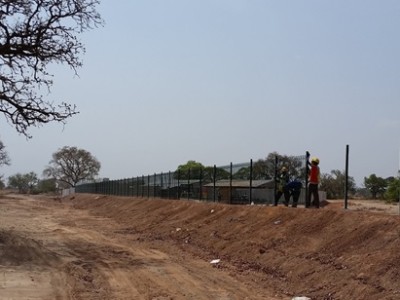
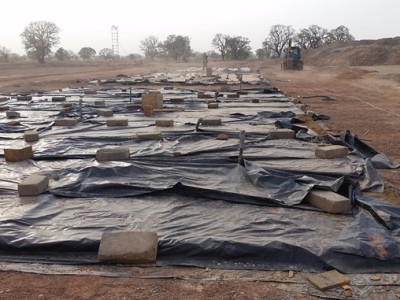
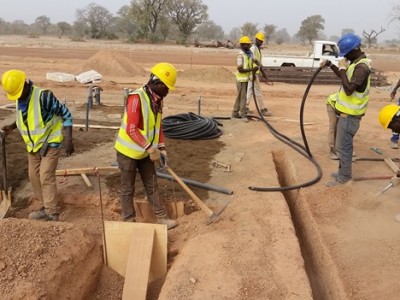
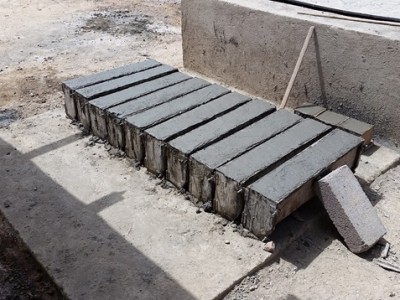
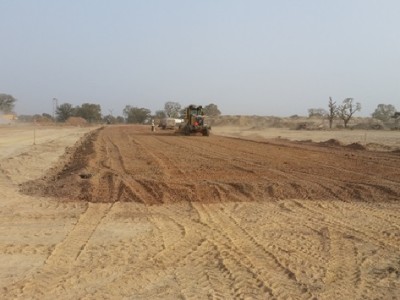
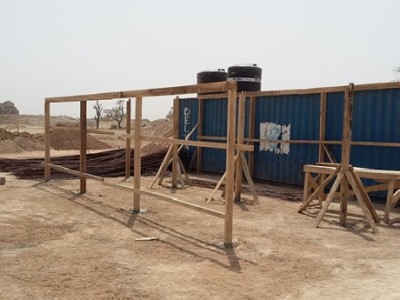
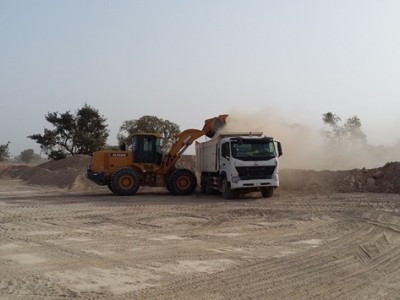
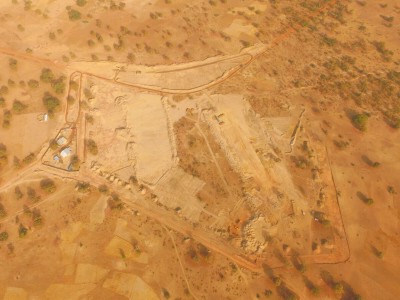
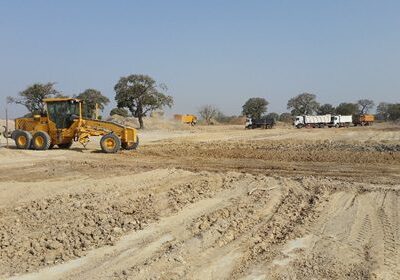
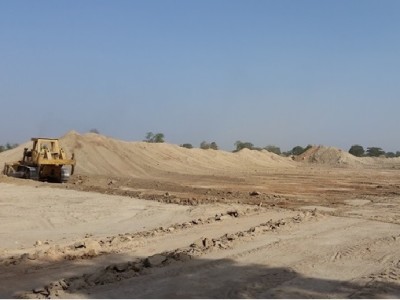
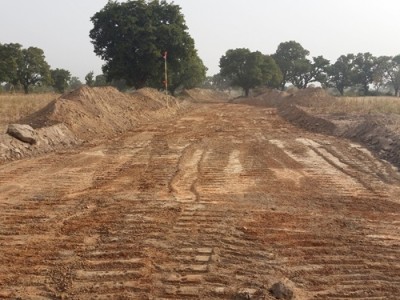
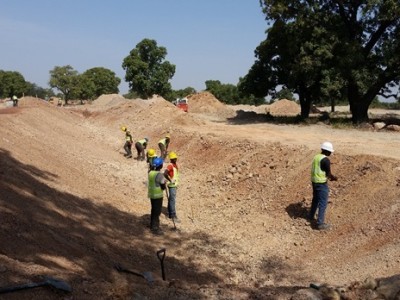
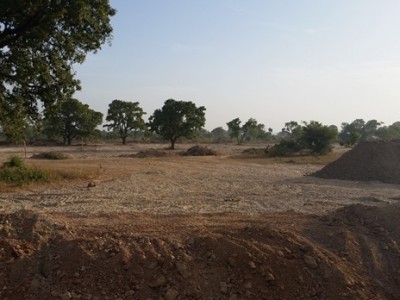



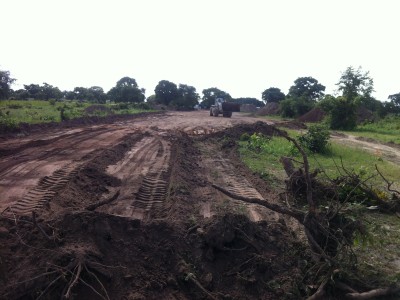


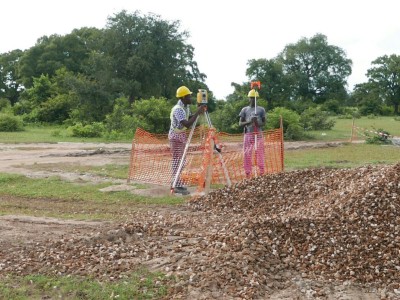

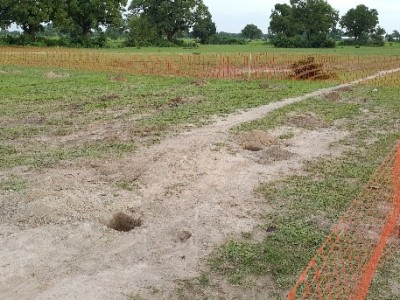

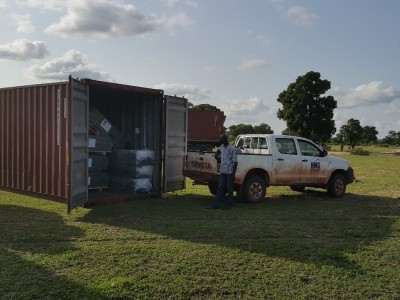
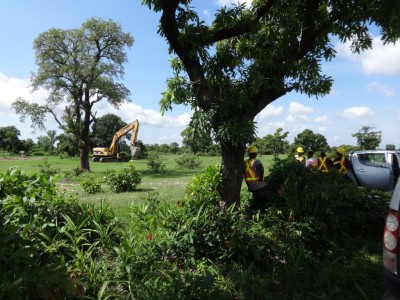
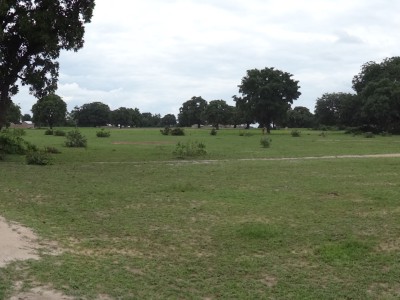
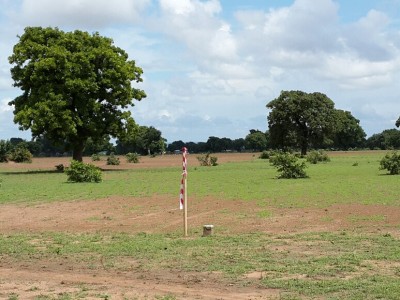

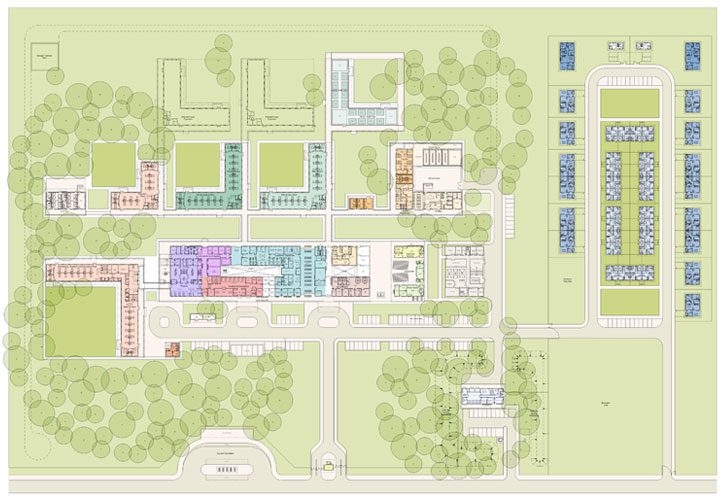
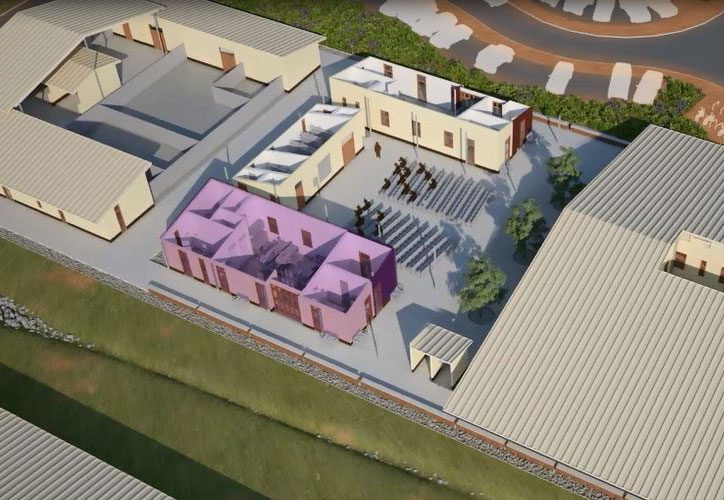
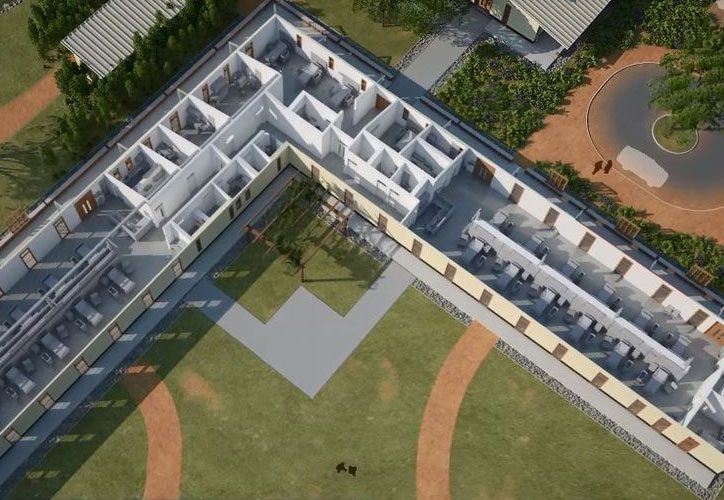
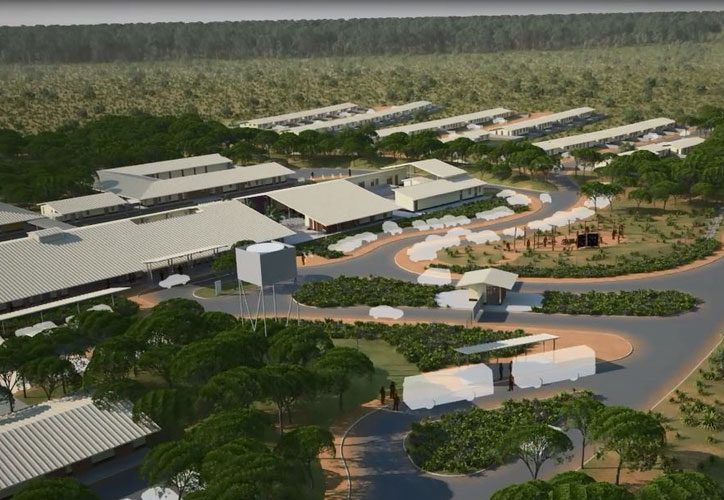
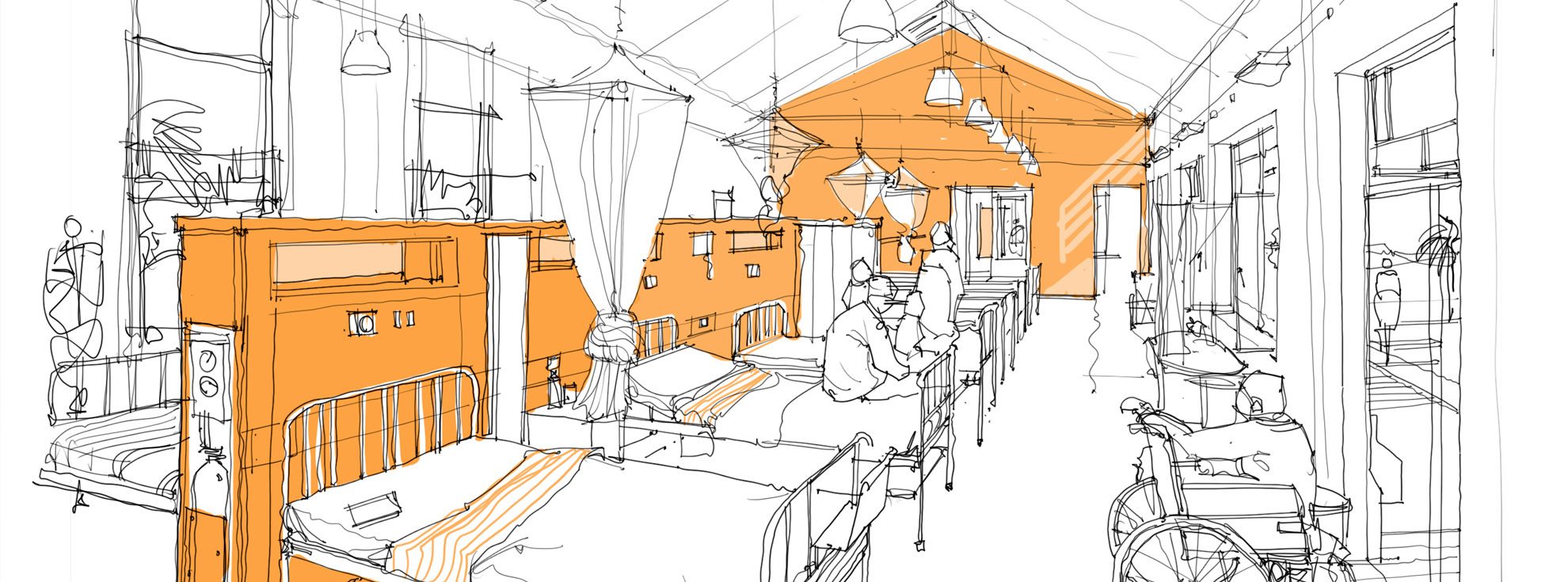
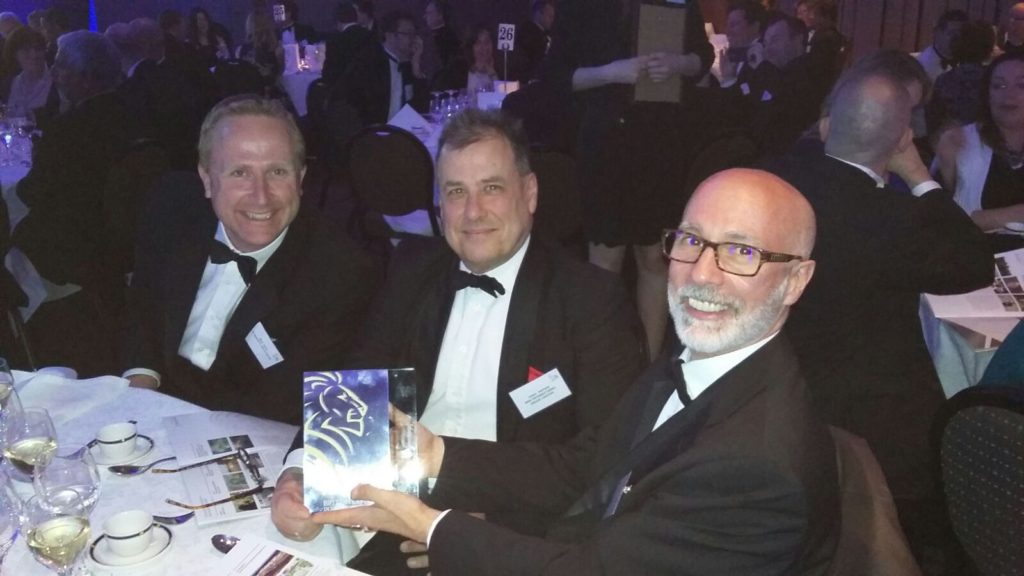
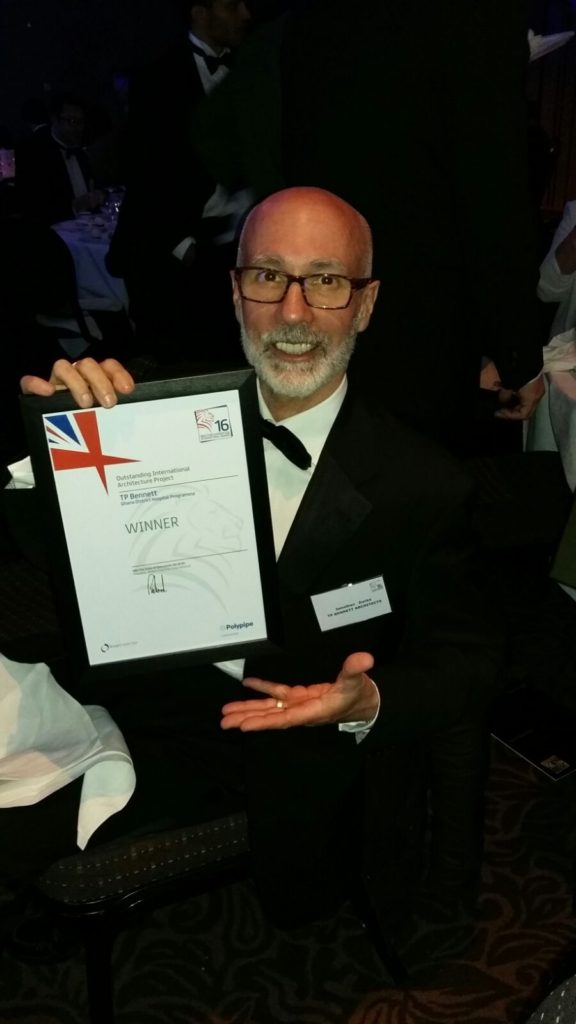



 NMSI provides a full design/build/equip/train service for the development of locally appropriate health-related infrastructure. NMSI brings to bear the expertise of award-winning experts in the field to provide the latest in innovation and design.
NMSI provides a full design/build/equip/train service for the development of locally appropriate health-related infrastructure. NMSI brings to bear the expertise of award-winning experts in the field to provide the latest in innovation and design.